Data science for lazy people, Automated Machine Learning
Diego Hueltes
Big Data Spain 2017

Original image from https://github.com/rhiever/tpot


Data cleaning

Data cleaning
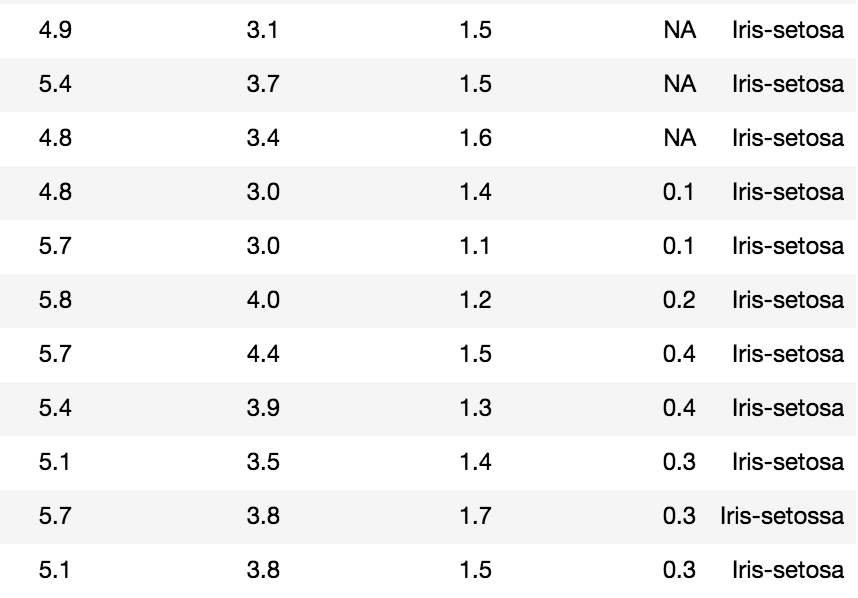
Data cleaning
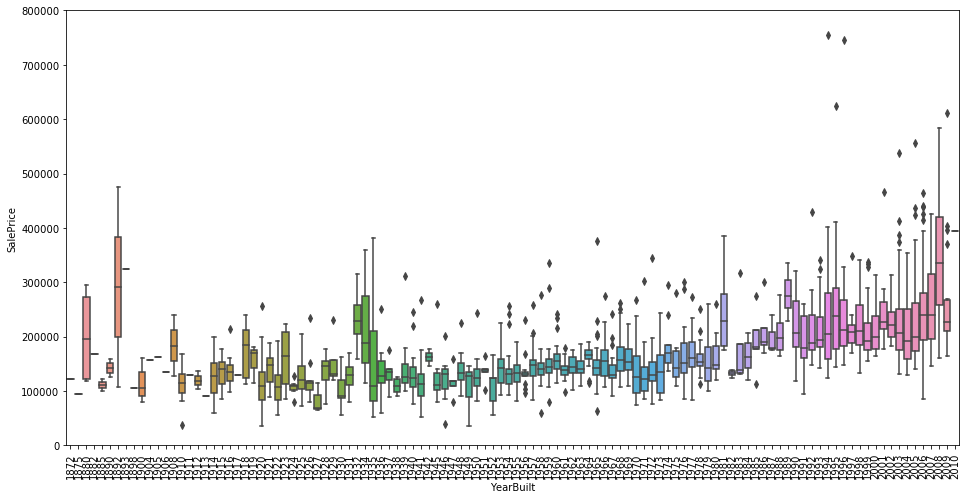
Data cleaning


Feature selection

Feature selection


Feature preprocessing


Feature construction


Model selection
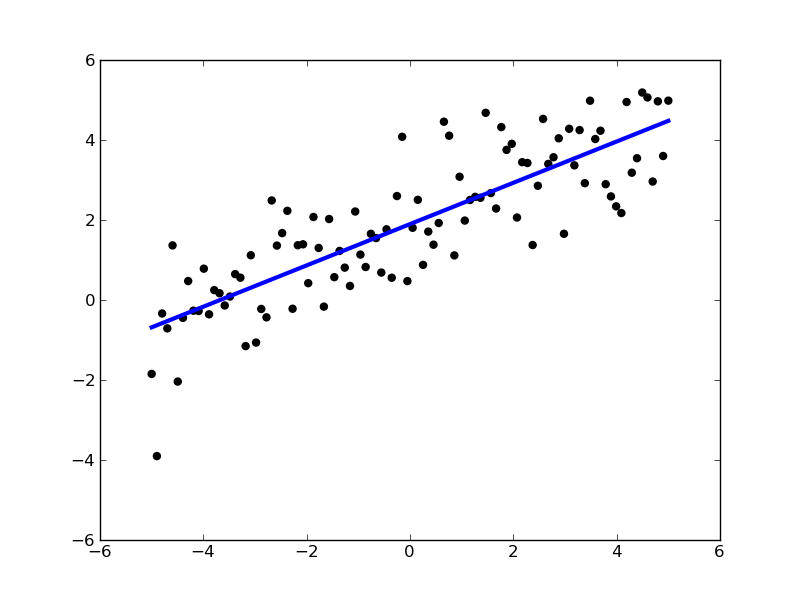
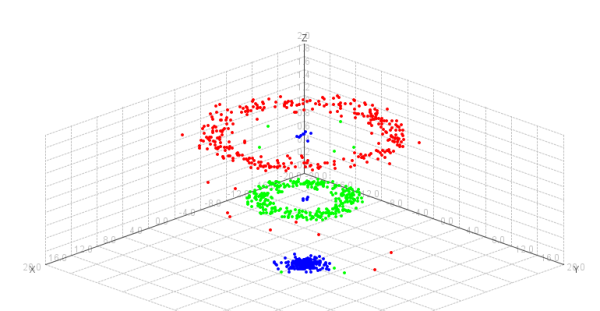
Model selection


Parameter optimization
RandomForestClassifier(bootstrap=True, class_weight=None, criterion='gini',
max_depth=2, max_features='auto', max_leaf_nodes=None,
min_impurity_decrease=0.0, min_impurity_split=None,
min_samples_leaf=1, min_samples_split=2,
min_weight_fraction_leaf=0.0, n_estimators=10, n_jobs=1,
oob_score=False, random_state=0, verbose=0, warm_start=False)

Model validation
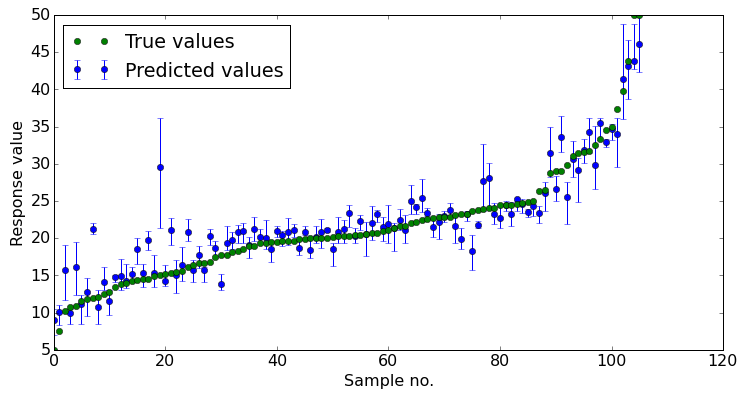

lazy Oxford dictionary
Unwilling to work or use energy
lazy Oxford dictionary
Unwilling to work or use energy
in repetitive tasks
Diego dictionary

naive_bayes.GaussianNB
naive_bayes.BernoulliNB
naive_bayes.MultinomialNB
tree.DecisionTreeClassifier
ensemble.ExtraTreesClassifier
ensemble.RandomForestClassifier
ensemble.GradientBoostingClassifier
neighbors.KNeighborsClassifier
svm.LinearSVC
linear_model.LogisticRegression
xgboost.XGBClassifier
preprocessing.Binarizer
decomposition.FastICA
cluster.FeatureAgglomeration
cluster.FeatureAgglomeration
preprocessing.MaxAbsScaler
preprocessing.MinMaxScaler
preprocessing.Normalizer
kernel_approximation.Nystroem
decomposition.PCA
preprocessing.PolynomialFeatures
kernel_approximation.RBFSampler
preprocessing.RobustScaler
preprocessing.StandardScaler
tpot.builtins.ZeroCount
feature_selection.SelectFwe
feature_selection.SelectPercentile
feature_selection.VarianceThreshold
feature_selection.RFE
feature_selection.SelectFromModel
linear_model.ElasticNetCV
linear_model.ElasticNetCV
ensemble.ExtraTreesRegressor
ensemble.GradientBoostingRegressor
ensemble.AdaBoostRegressor
tree.DecisionTreeRegressor
neighbors.KNeighborsRegressor
linear_model.LassoLarsCV
svm.LinearSVR
ensemble.RandomForestRegressor
linear_model.RidgeCV
xgboost.XGBRegressor
Automated Machine Learning
TPOT is a Python tool that automatically creates and optimizes machine learning pipelines using genetic programming.
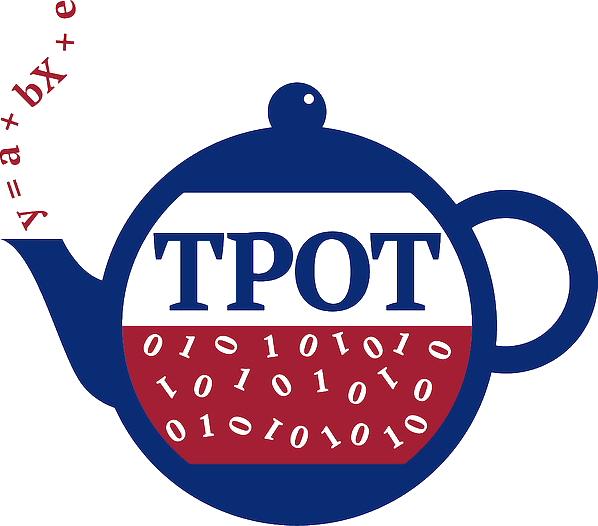
auto-sklearn frees a machine learning user from algorithm selection and hyperparameter tuning. It leverages recent advantages in Bayesian optimization, meta-learning and ensemble construction
auto-sklearn
Genetic programming

Source: http://www.genetic-programming.org/gpbook4toc.html
Photo: Diego Hueltes


Crossover
Mutation
Source http://w3.onera.fr/smac/?q=tracker

Bayesian optimization
Bayesian optimization
source: https://advancedoptimizationatharvard.wordpress.com/2014/04/28/bayesian-optimization-part-ii/

Bayesian optimization
source: https://advancedoptimizationatharvard.wordpress.com/2014/04/28/bayesian-optimization-part-ii/


TPOT is a Python tool that automatically creates and optimizes machine learning pipelines using genetic programming.

Scikit-learn pipelines

Warning
Code is coming
from sklearn.feature_extraction.text import CountVectorizer
from sklearn.svm import LinearSVC
count_vectorizer = CountVectorizer(ngram_range=(1, 4), analyzer='char')
X_train = count_vectorizer.fit_transform(train)
X_test = count_vectorizer.transform(test)
linear_svc = LinearSVC()
model = linear_svc.fit(X_train, y_train)
y_test = model.predict(X_test)from sklearn.feature_extraction.text import CountVectorizer
from sklearn.svm import LinearSVC
pipeline = Pipeline([
('count_vectorizer', CountVectorizer(ngram_range=(1, 4), analyzer='char')),
('linear_svc', LinearSVC())
])
model = pipeline.fit(train)
y_test = model.predict(test)
TPOT

from tpot import TPOTClassifier, TPOTRegressor
tpot = TPOTClassifier()
tpot.fit(X_train, y_train)
predictions = tpot.predict(X_test)
tpot = TPOTRegressor()
tpot.fit(X_train, y_train)
predictions = tpot.predict(X_test)
Basic usage

Config dict
TPOTClassifier(config_dict = {
'sklearn.ensemble.RandomForestClassifier': {
'n_estimators': [100],
'criterion': ["gini", "entropy"],
'max_features': np.arange(0.05, 1.01, 0.05),
'min_samples_split': range(2, 21),
'min_samples_leaf': range(1, 21),
'bootstrap': [True, False]
},
'sklearn.feature_selection.RFE': {
'step': np.arange(0.05, 1.01, 0.05),
'estimator': {
'sklearn.ensemble.ExtraTreesClassifier': {
'n_estimators': [100],
'criterion': ['gini', 'entropy'],
'max_features': np.arange(0.05, 1.01, 0.05)
}
}
}
})
auto-sklearn frees a machine learning user from algorithm selection and hyperparameter tuning. It leverages recent advantages in Bayesian optimization, meta-learning and ensemble construction
auto-sklearn
auto-sklearn
Source: http://papers.nips.cc/paper/5872-efficient-and-robust-automated-machine-learning.pdf

import autosklearn.classification
import autosklearn.regression
automl = autosklearn.classification.AutoSklearnClassifier()
automl.fit(X_train, y_train)
predictions = automl.predict(X_test)
automl = autosklearn.regression.AutoSklearnRegressor()
automl.fit(X_train, y_train)
predictions = automl.predict(X_test)Basic usage
auto-sklearn
Custom configuration
auto-sklearn
- include_estimators
- exclude_estimators
- include_preprocessors
- exclude_preprocessors
Automated Machine Learning — A Paradigm Shift That Accelerates Data Scientist Productivity @ Airbnb
Automated Machine Learning
- Exploratory analysis
- Selective discovering
- New ideas for your model
- Model optimization
Thank you!



